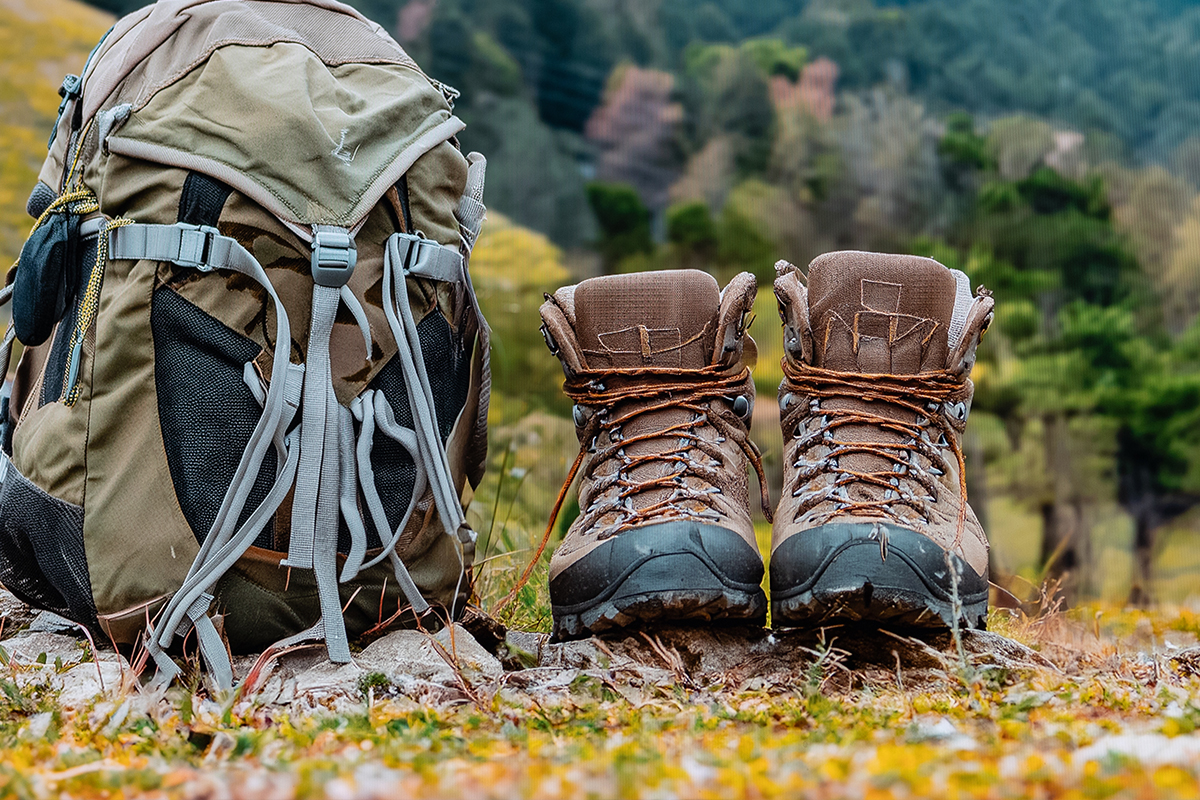No matter how exciting a hike is, it can all be ruined by ordinary boots. Improperly fitted shoes lead to discomfort, fatigue and even injuries during long treks. Let’s look at how to choose the perfect boots for a one-time outing and a long journey through the mountains.
Type of hiking: choosing boots by purpose
The first step in choosing hiking boots is to determine what conditions you need them for. There are several types of hiking shoes, each suitable for different types of activity.
Easy hikes and walks
If you’re planning short hikes on flat terrain or forest trails, lightweight boots or trekking shoes will do. These models offer plenty of comfort and flexibility, are lighter and allow your feet to breathe. However, they are not suitable for rough terrain or long journeys with heavy rucksacks.
Medium to long hikes
For medium difficulty hikes or longer hikes on more varied trails, choose classic hiking boots with stiffer soles and a secure footbed. These boots provide good support for your feet and protect them from rocks, branches and other obstacles on the trail.
High mountain hiking and mountaineering
Hiking in mountainous terrain or on rocky trails will require serious footwear with reinforced stiff soles and a high level of protection. These boots may have additional features such as crampon bindings and improved cushioning. They protect against low temperatures and provide stability on rocky or icy surfaces.
Boot materials: breathable or waterproof?
The next important consideration when choosing hiking boots is the materials from which they are made. There are several common options, each with its own advantages.
Leather boots
Leather boots are popular because of their strength and durability. They can withstand serious loads and provide good protection from mechanical damage. However, leather boots are heavier and their ventilation properties are inferior to synthetic models. These boots are most often recommended for long hikes or difficult conditions.
Synthetic materials
Boots made of synthetic materials such as nylon or polyester are lighter and dry faster. They are more flexible and suitable for hikes where speed and comfort are important. It is important to remember that these boots may not offer the same protection against damage or moisture as leather boots.
Waterproof membranes
For hiking in wet conditions or in regions with high humidity, it is better to choose boots with waterproof membranes such as GORE-TEX. These boots protect your feet from getting wet and keep you warm in cold weather. However, waterproof shoes can be less breathable.
Outsole and cushioning: protection and walking comfort
The sole of the boots is one of the most important elements on which comfort and safety on a hike depends. It is important to choose a model with the right stiffness and cushioning depending on the terrain.
Tread of the sole
The depth and tread pattern of the outsole play a key role in traction. For hiking on muddy or rocky terrain, it is better to choose boots with aggressive tread patterns to avoid slipping. A shallow tread is better suited for flat and dry trails.
Shoe cushioning
It is important that the sole provides good cushioning to avoid undue stress on joints and muscles, especially on long treks. Good hiking boots should have a midsole made of foam or other materials that cushion the step and prevent rapid foot fatigue.
Flexibility of the sole
For easy hikes, you can choose boots with a more flexible sole that allows for better freedom of movement. However, for demanding hikes on rough terrain or mountain trails, it is better to choose models with stiff soles.
There are many factors to consider when choosing hiking boots, from the terrain conditions to the material and type of sole. By paying attention to these aspects, you will be able to choose boots that will provide comfort while hiking and protect your feet from fatigue and injury.


